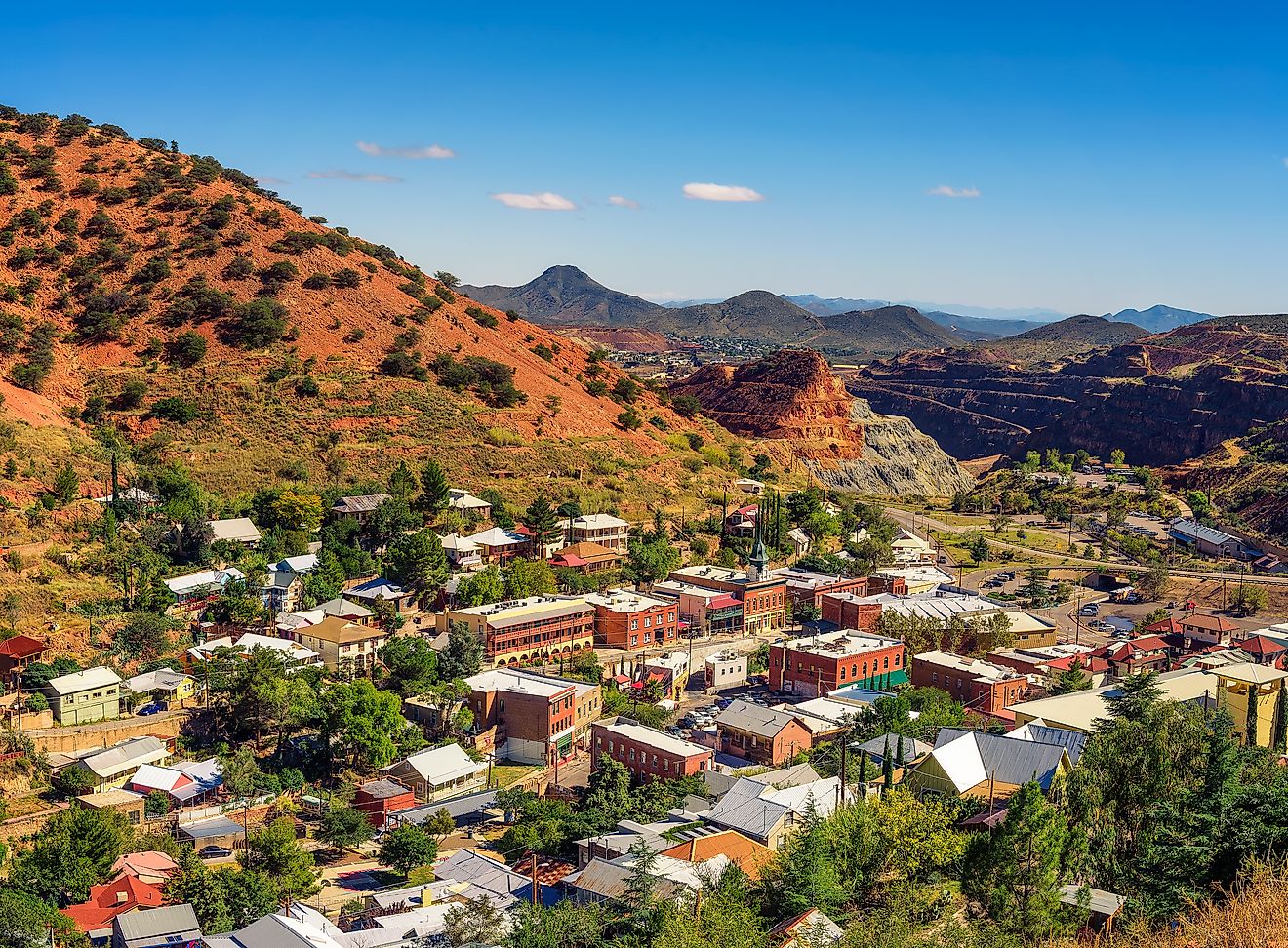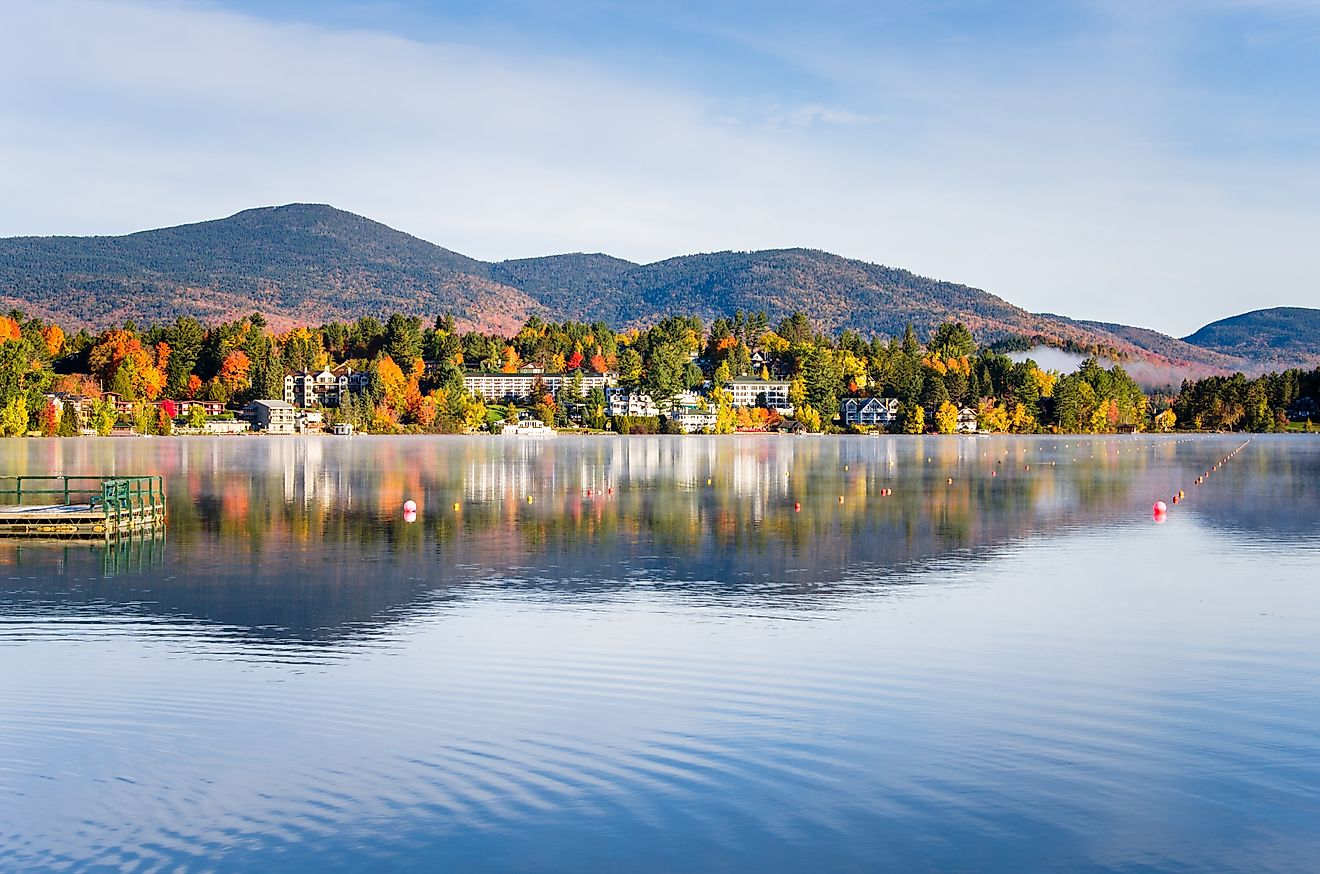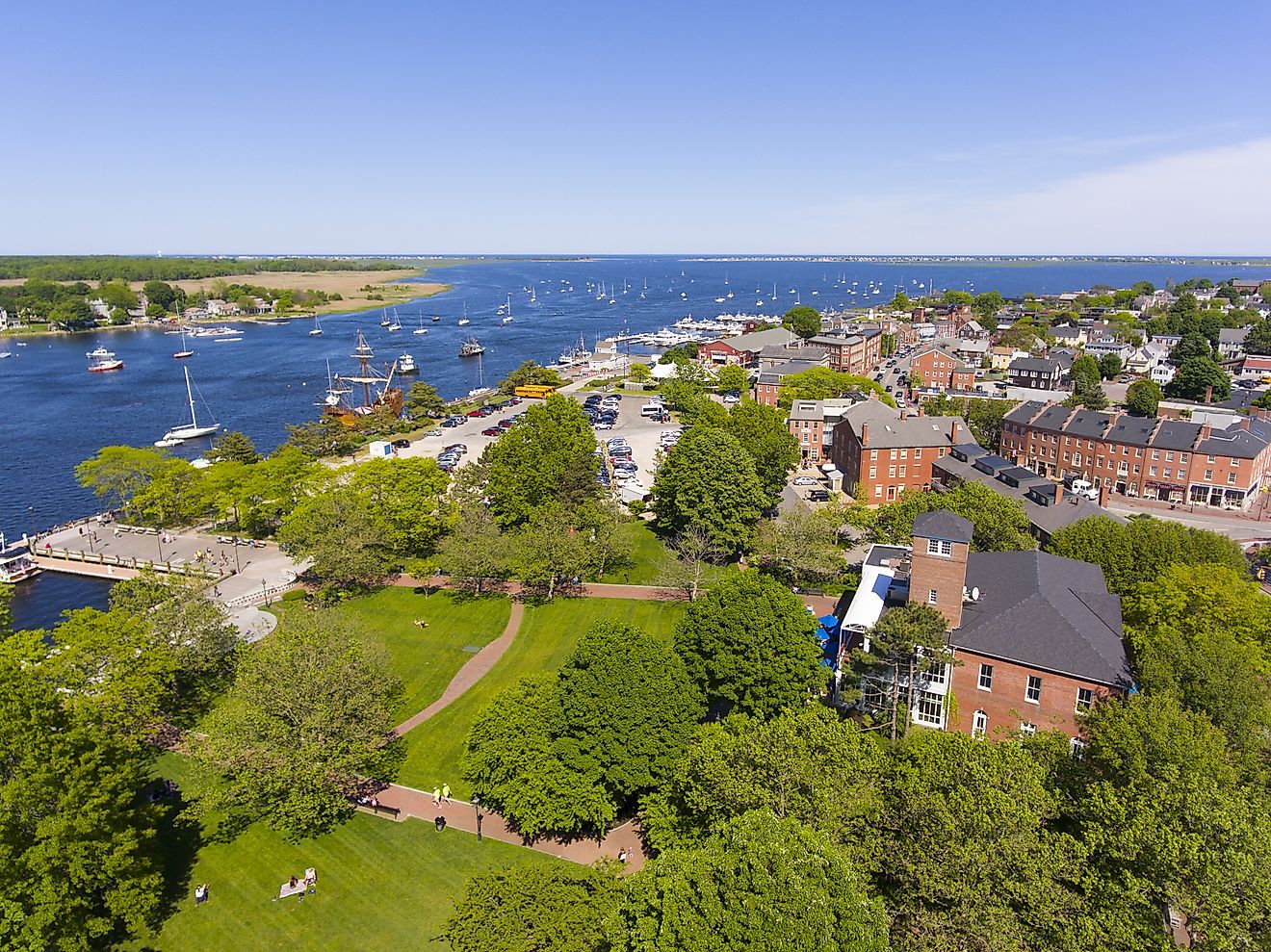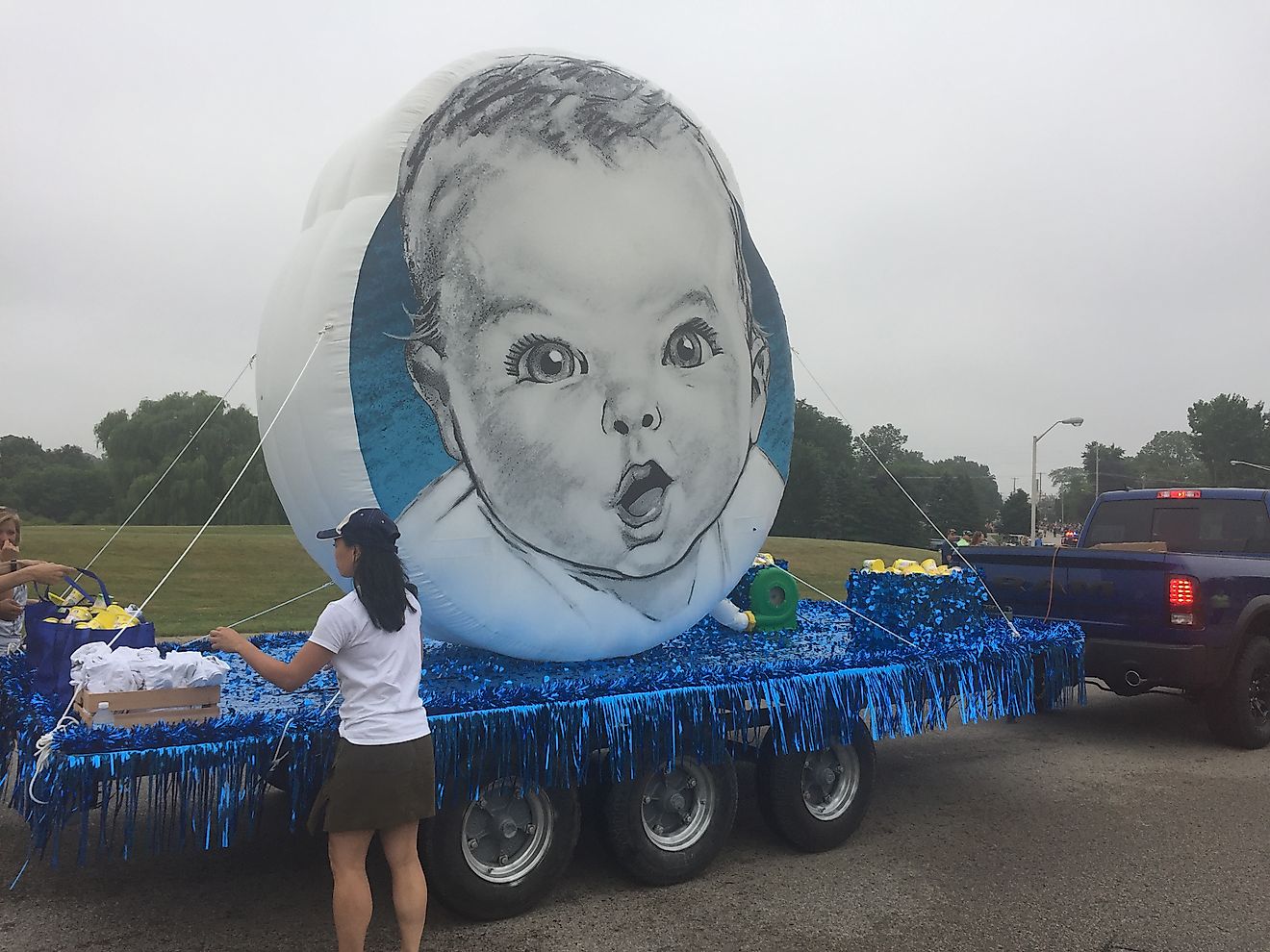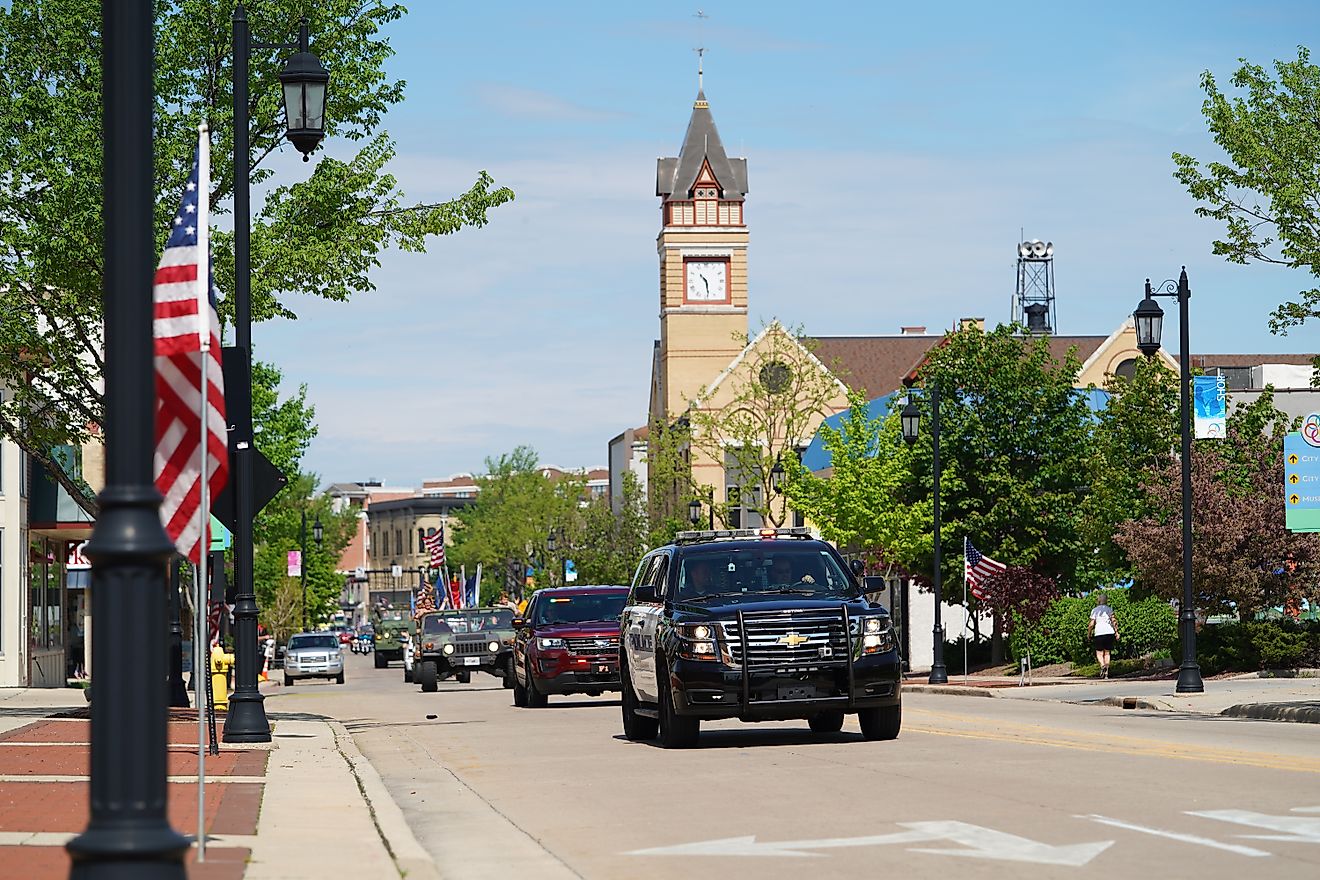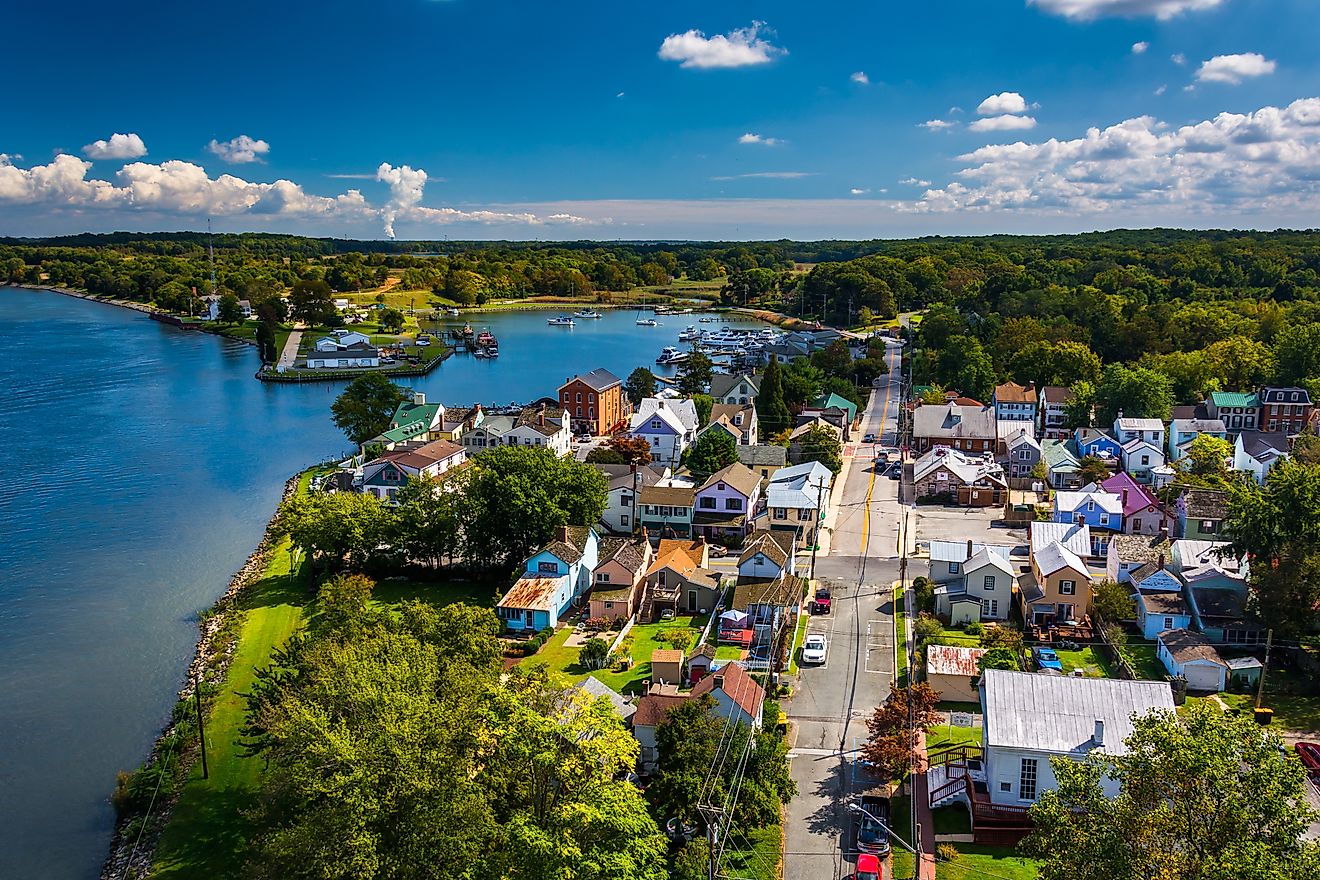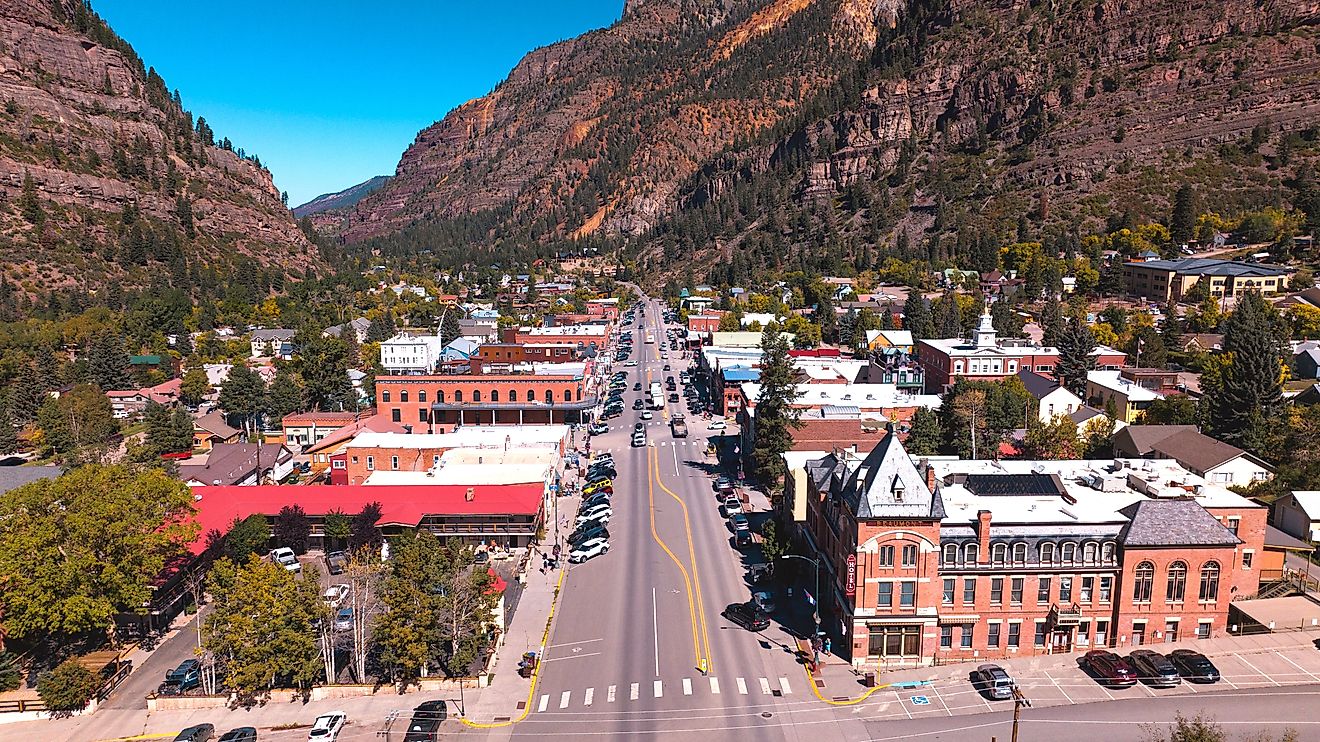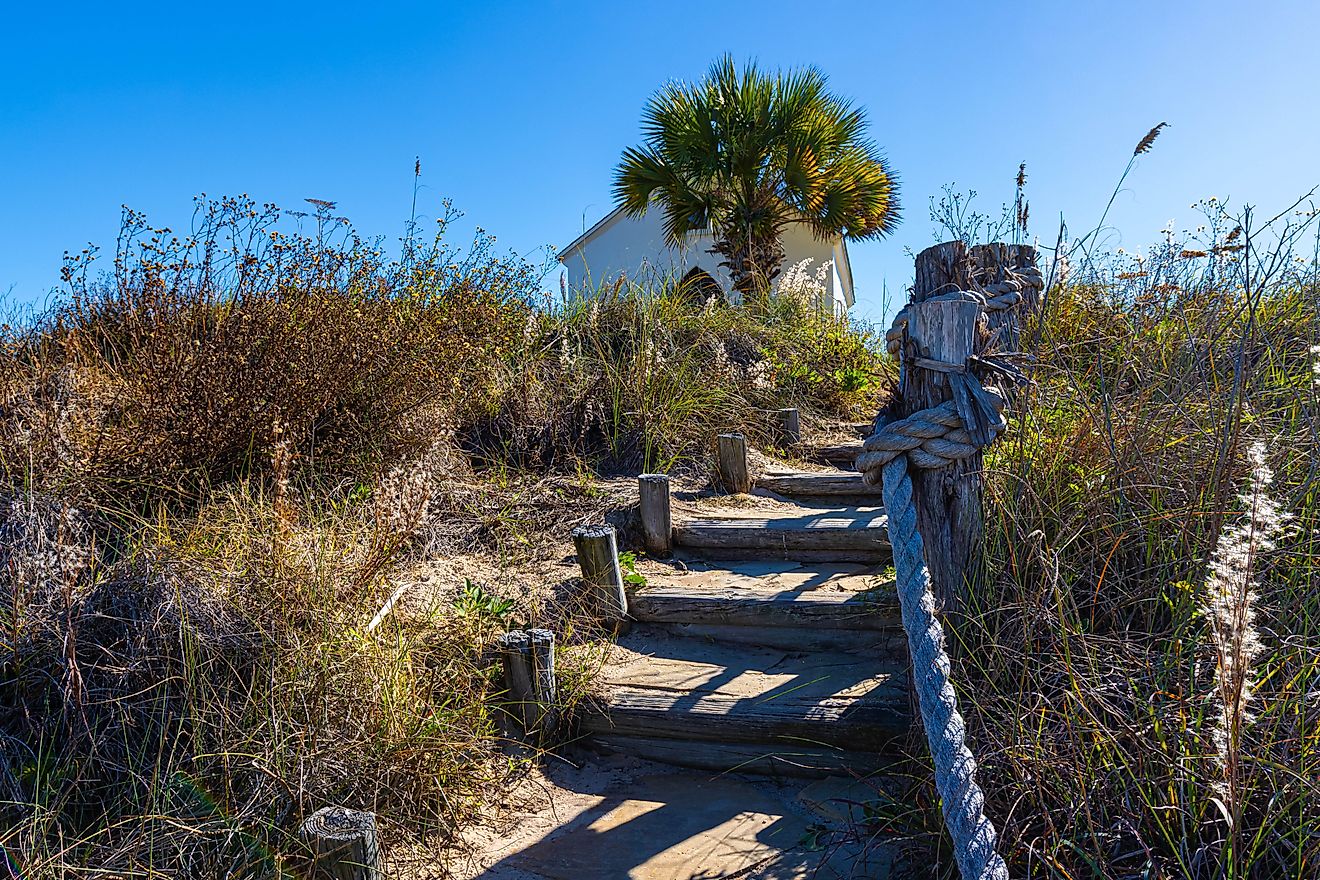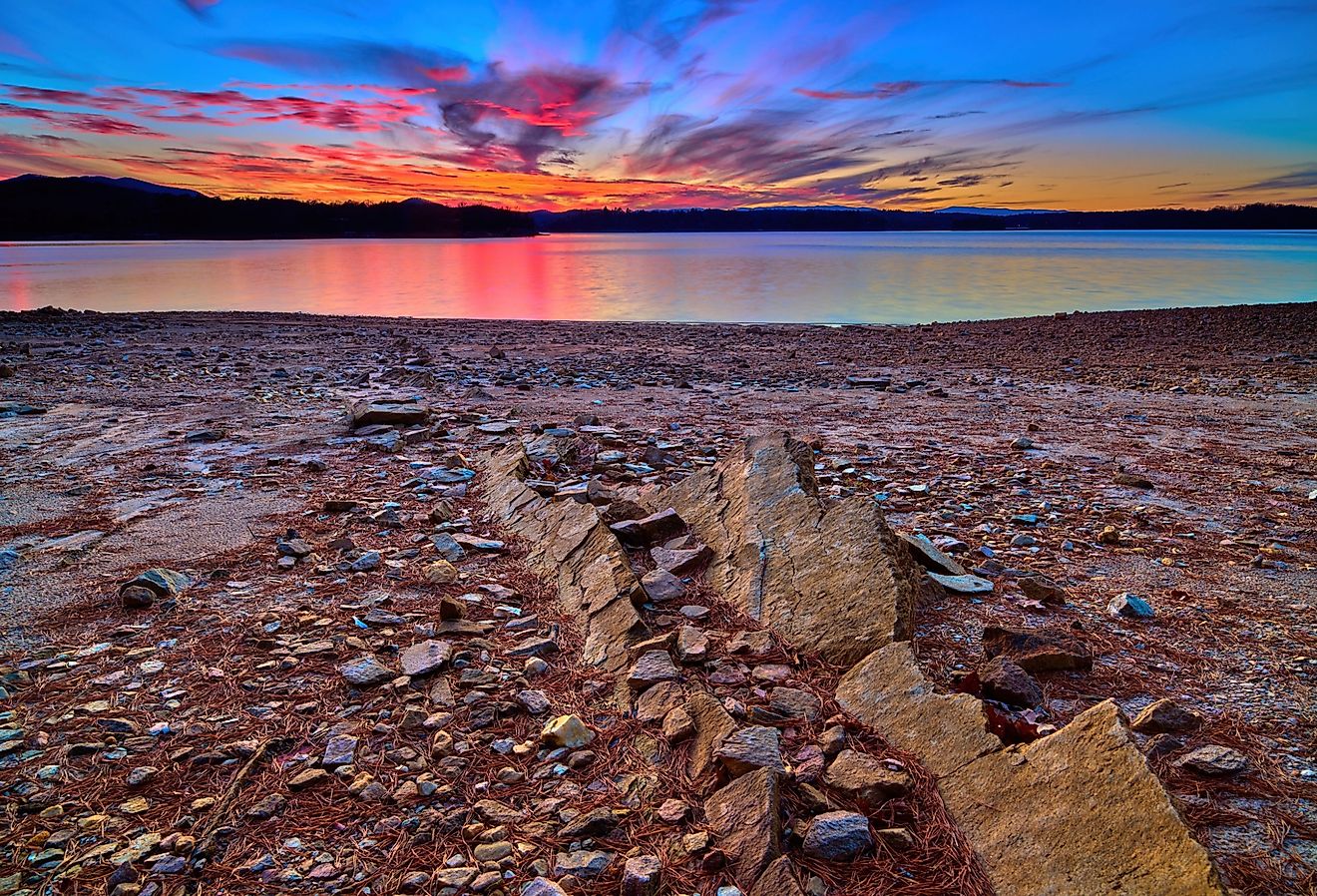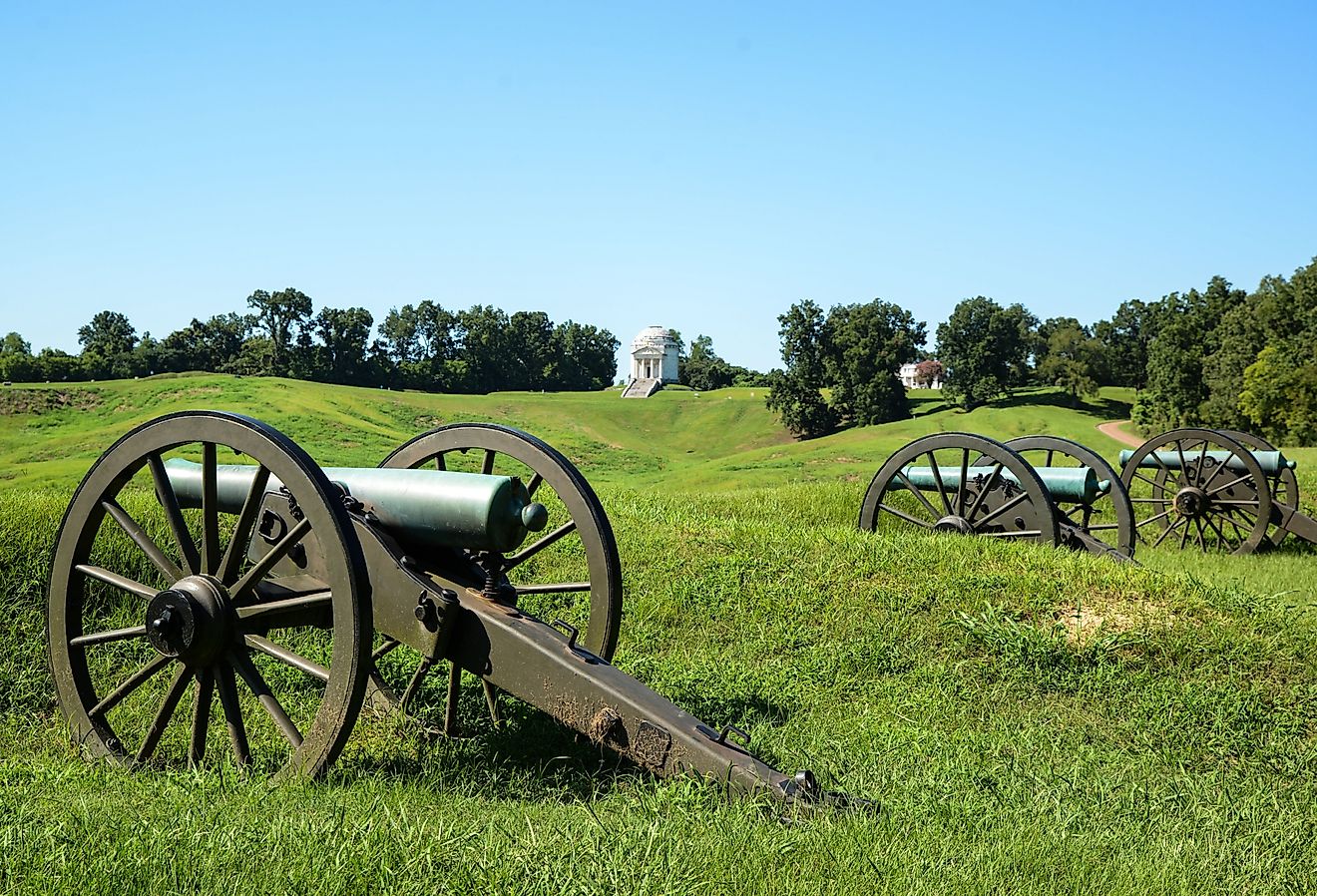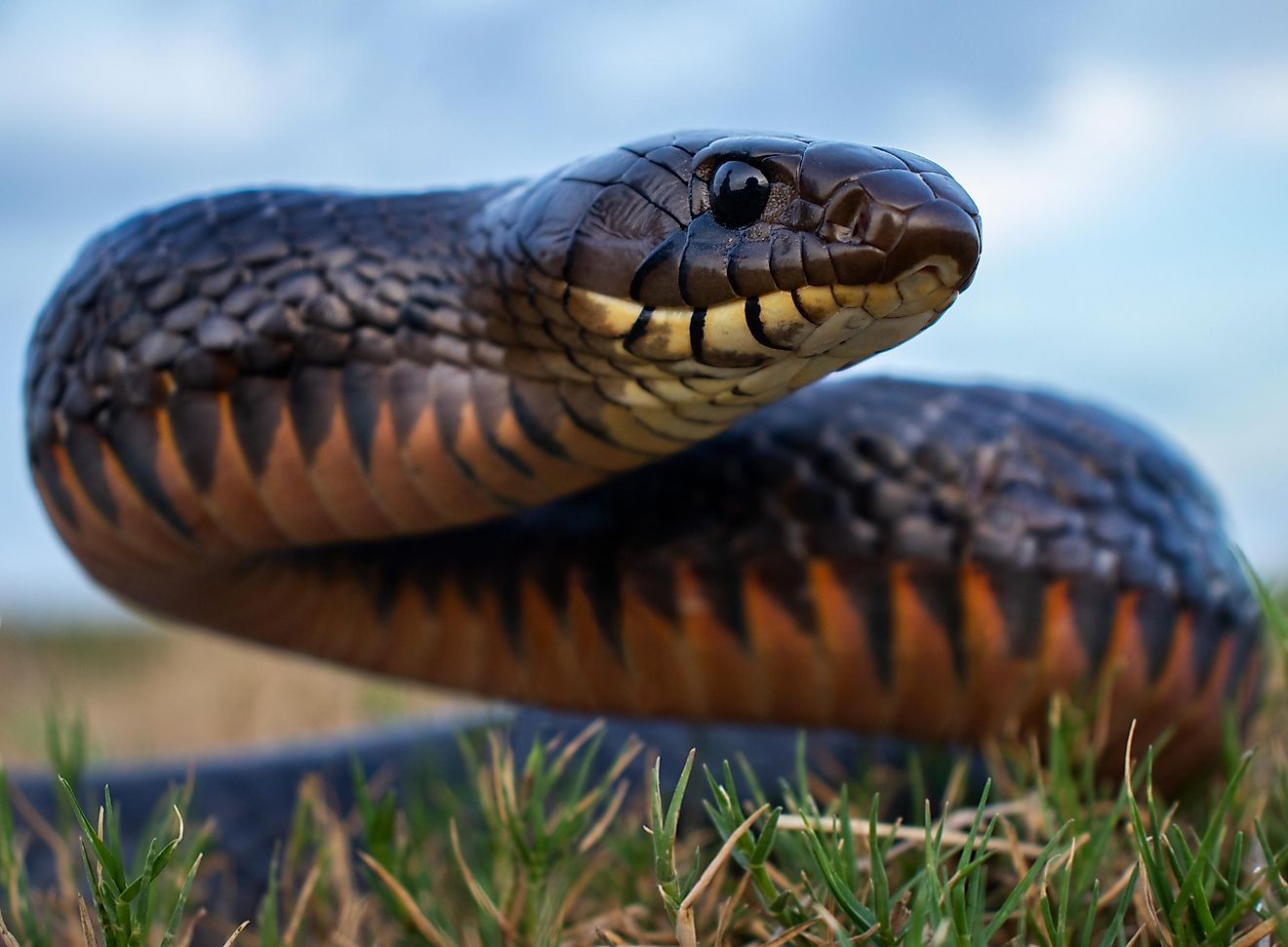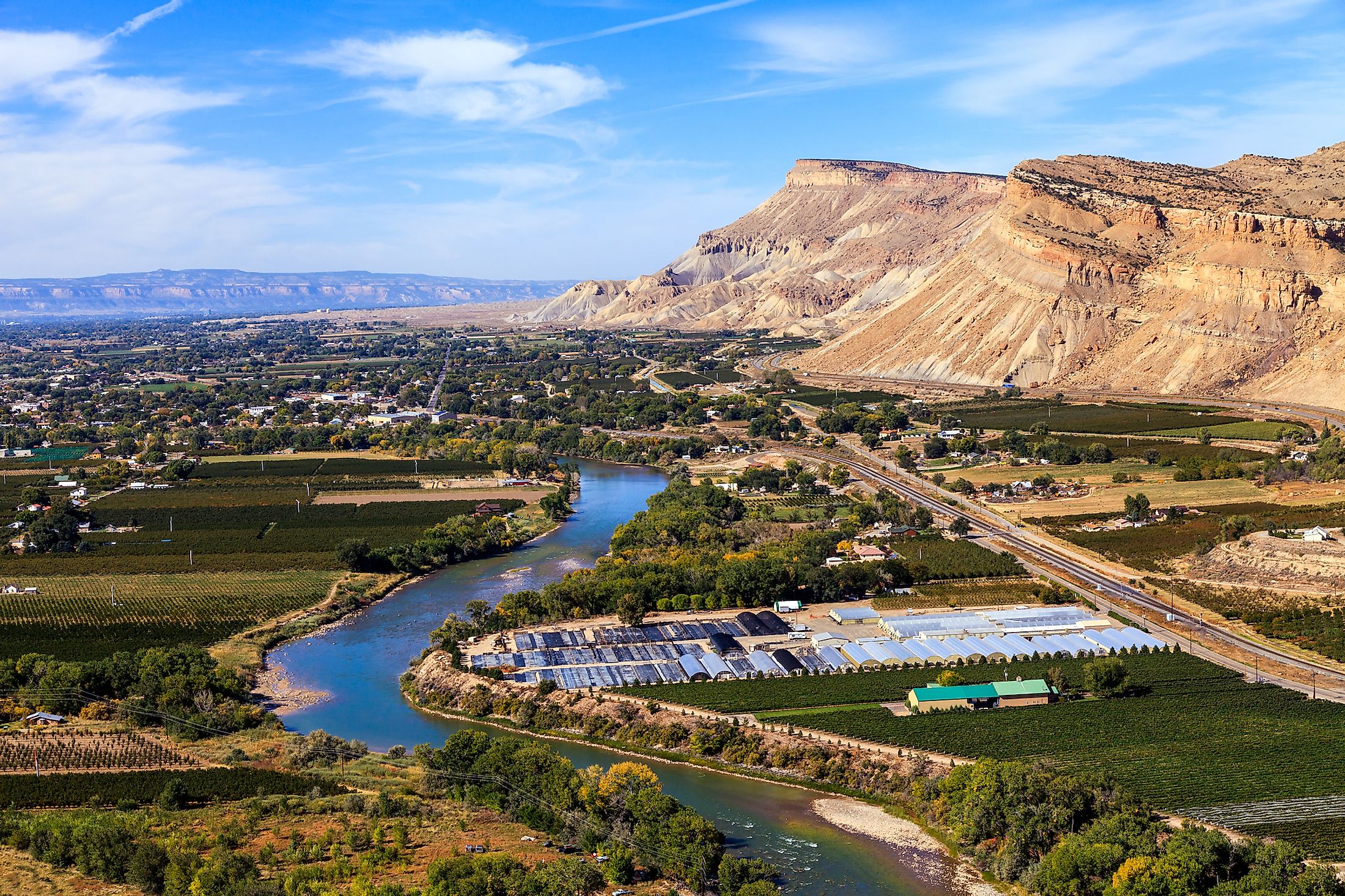
Grand Junction, Colorado
Grand Junction is a city in the US state of Colorado. Its proximity to major rivers in the area has earned it the nickname “River City.” Inhabited by Native Americans before the arrival of Europeans, Grand Junction was founded in the late 19th century. At first, its economy was highly dependent on agriculture. In fact, certain agricultural activities like fruit cultivation and wine-growing are still important staples of Grand Junction today. Over the last century, however, the city has become home to other industries such as uranium mining and the oil and gas industry. Today, Grand Junction is a city of more than 60,000 people and is popular among tourists seeking an outdoor adventure at the prominent outdoor attractions located nearby.
Geography Of Grand Junction
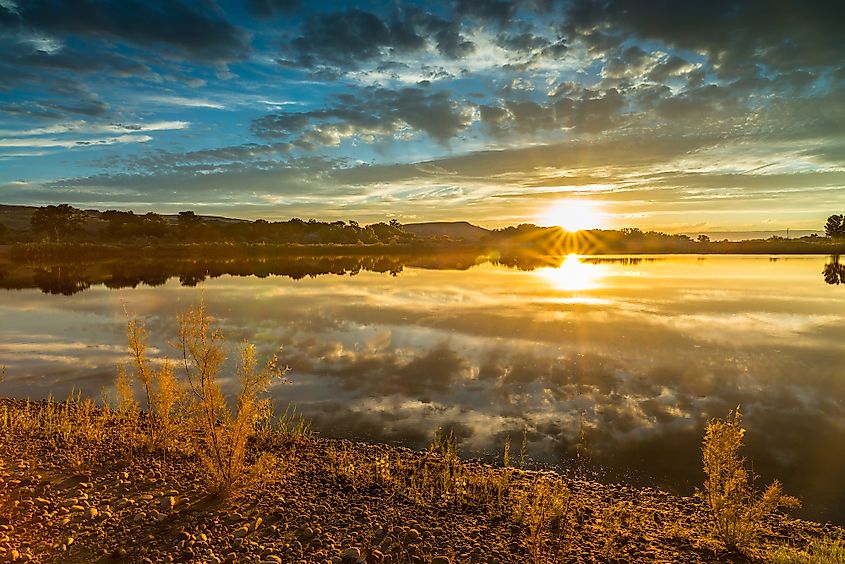
Grand Junction is located in western Colorado. It is 398 km west-southwest of the state capital, Denver. The city is situated along the Colorado River, at its confluence with the Gunnison River. In fact, the name “Grand Junction” refers to the city’s location where the Colorado and Gunnison Rivers coalesce. “Grand” refers to the historical Grand River, which was renamed the Upper Colorado River in 1921. Bordering Grand Junction to the east are the towns of Fruitvale and Clifton and the James M. Robb Colorado River State Park. The town of Orchard Mesa borders Grand Junction to the south. Bordering the city to the west is the town of Redlands. The city has a total area of 103.799 sq. km.
Population Of Grand Junction
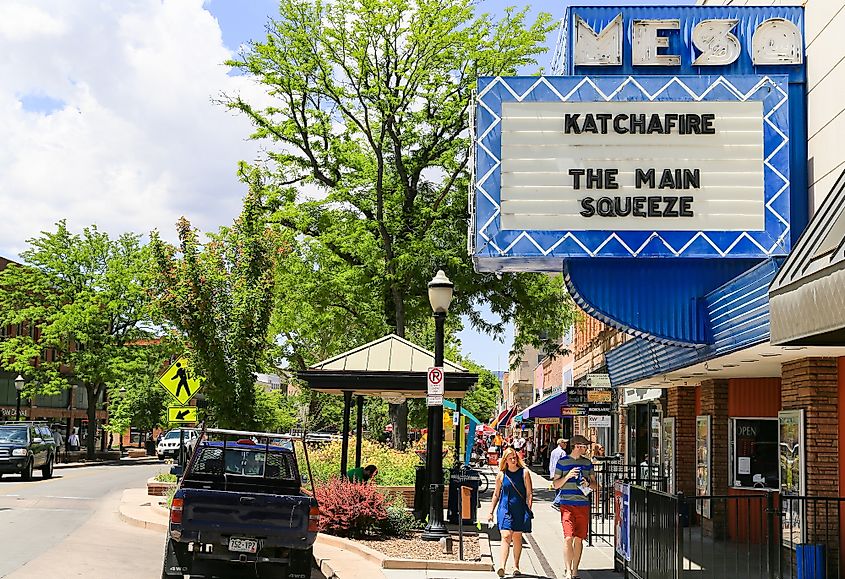
Grand Junction has a total population of 64,529, making it the most populous city in western Colorado. About 93% of the city’s population is white, of which 78.3% are non-Hispanic, and 14.5% are Hispanic. People of multiracial heritage make up 1.85% of the city’s population, while Other Hispanics comprise 1.6%, and Asians 1.24%. The overwhelming majority of residents in Grand Junction, 92%, speak only English, while 6.3% speak Spanish. Almost 95% of the city’s residents were born in the United States, while 46.41% were born in the city itself.
Economy Of Grand Junction
The average household income in Grand Junction is $70,501, the poverty rate is 15.62%, and the unemployment rate is 6.9%. The largest industries in the city, in terms of the number of employees, are healthcare & social assistance, retail trade, and educational services. Another important sector of Grand Junction’s economy is fruit cultivation, which has been going on in the city since it was established in the late 19th century. As of 2017, the top five biggest employers in Grand Junction were the Mesa County Valley School District 51, St. Mary’s Hospital, Mesa County, the State of Colorado, and Colorado Mesa University.
History Of Grand Junction
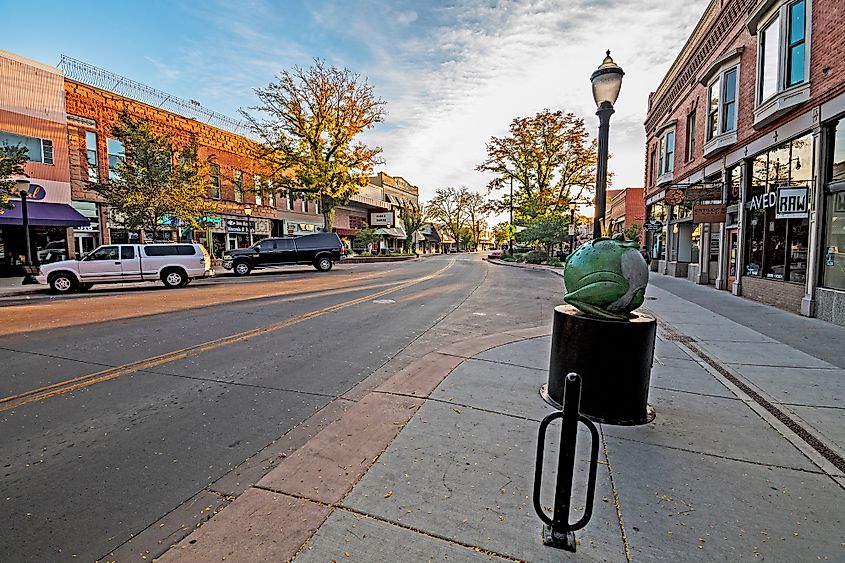
The first people to settle in what is now Grand Junction were members of an ancient Native American civilization known as the Fremont, who arrived in the area around 200 CE. However, they left the area in 1300 CE and were replaced by Native Americans of the Ute nation a century later. From the mid-18th century, the Grand Junction region was ruled by the Spanish Empire until 1821, when newly-independent Mexico controlled it. After the Mexican-American War (1846-1848), what became Colorado came under US sovereignty.
In 1881, the US Government forcibly removed the indigenous Ute inhabitants from the Grand Junction region to make way for white settlers. The town of Grand Junction was established and incorporated the following year. In 1885, the Colorado census put the town’s population at 378, though other sources claim that as many as 800 people lived in the town. Five years later, the town’s population was pegged at 2,030 by the Federal Census Bureau. Grand Junction was reincorporated as a city by the turn of the century.
At first, the city’s economy was based on farming, cattle, and fruit orchards. The first vineyards were established in the town’s early history. Over time, these vineyards would grow in number, and Grand Junction became part of “Colorado Wine Country.” In 1918, the city and surrounding region gained greater importance in the field of agriculture with the completion of the Highline Project, one of the largest irrigation projects in the country. The project assisted in the cultivation of nearly 50,000 acres of land. In the 1950s, Grand Junction’s economy gained another boost from the establishment of uranium mines and milling. To this day, the US Atomic Energy Commission is headquartered in the city.
In the 1970s, the oil industry came to Grand Junction following the discovery of shale rock oil in the area. In 1982, however, a major recession hit the city following the collapse of oil prices. The city rebounded in the 1990s. In the first decade of the 21st century, Grand Junction’s oil and gas sector took off once again, though the Great Recession of 2008 caused this boom to go bust, and the city once again had to endure hard times. Nevertheless, the city continued to grow. By 2015, Grand Junction’s population surpassed 60,000. In the same year, tourism revenue reached an all-time high in the city during the summer, when taxes from lodging receipts totaled $159,366.
Attractions In And Around Grand Junction
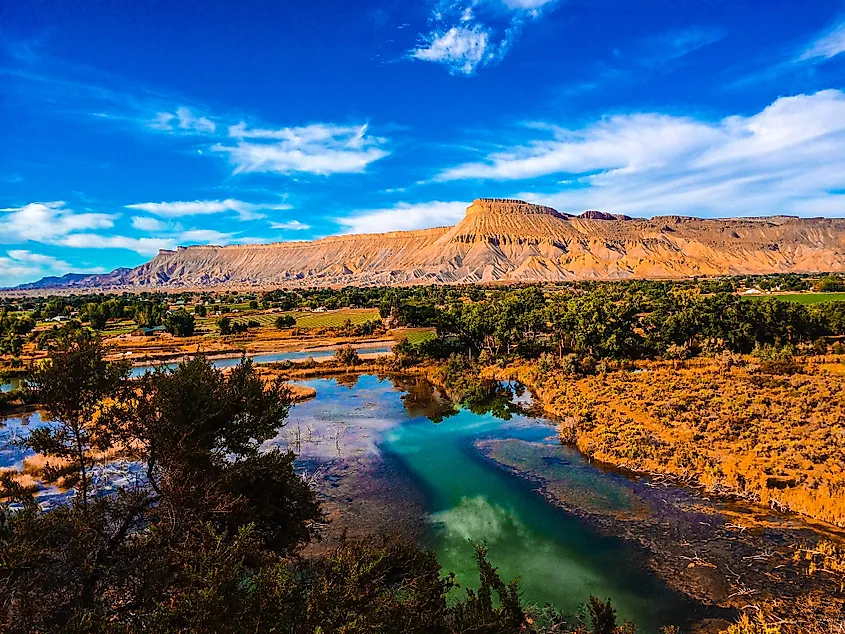
Grand Junction hosts a variety of cultural attractions, including the Main Street Gallery, Angelo’s Pottery Studio, the Moss Performing Arts Center, Avalon Theatre, Mesa Theatre, and the Western Colorado Center for the Arts. The city is also home to a number of museums such as the Commemorative Air Force Museum, the Museum of the West, the Ute Learning Garden, and the Gateway Canyons Auto Museum.
Grand Junction is the gateway to a wide variety of outdoor activities. Popular outdoor sites like the Colorado National Monument, the Grand Mesa, and the James M. Robb Colorado River State Park are close to the city. People who enjoy watersports, for example, would be wise to check out The Grand Mesa National Forest, where there are hundreds of lakes. The outdoor attractions in and around Grand Junction also include an untold number of suitable trails for cycling or hiking. Other popular outdoor activities to enjoy in the area include camping, golf, horseback riding, hunting, off-roading, and winter sports like skiing and snowboarding.
